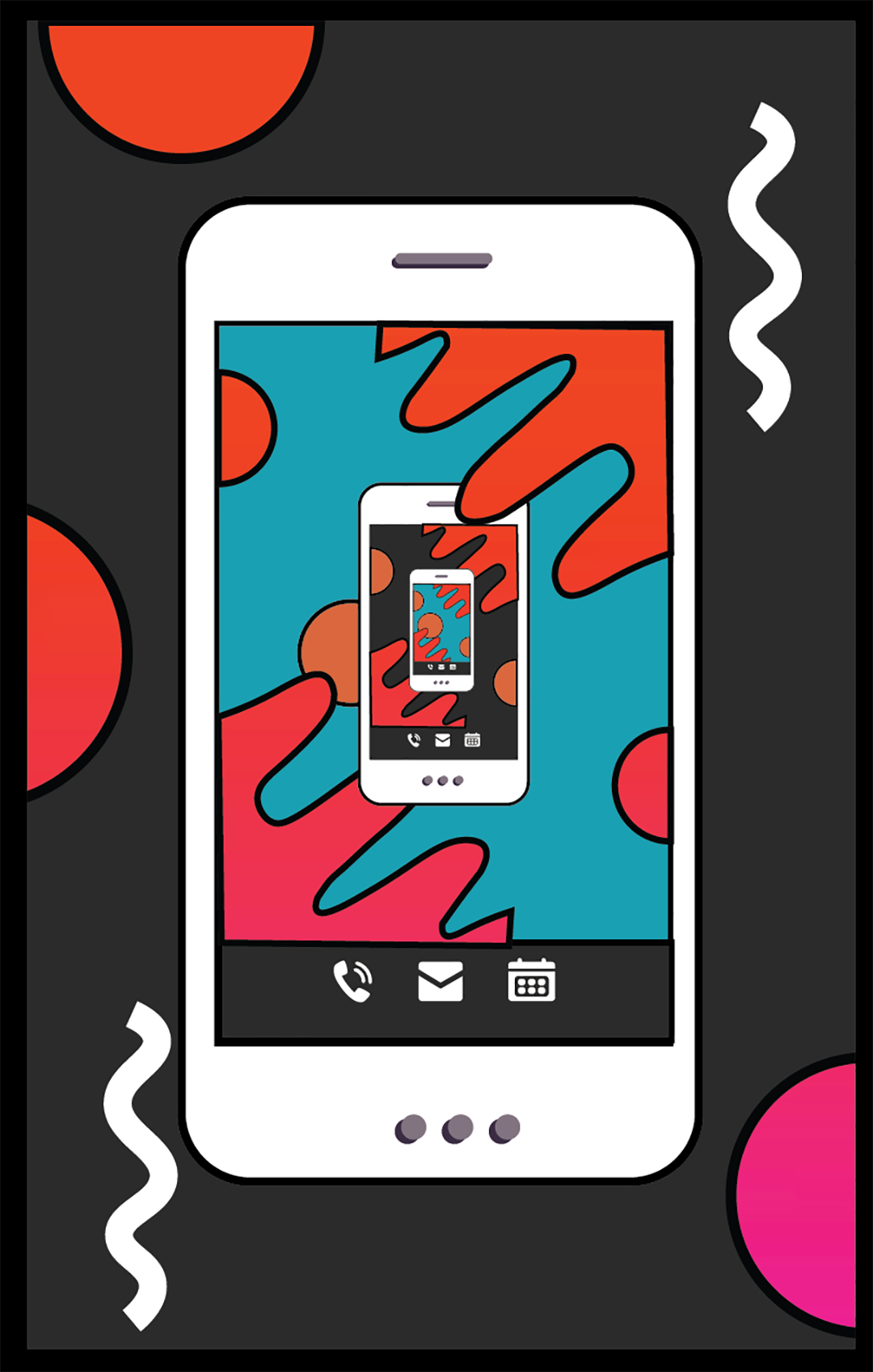Living in Limbo
Written and Illustrated by Emily Edson
Liminal, a word you may have heard or used in college but didn’t quite pack into your repertoire upon graduation, isn’t exactly something you hear regularly. Yet, every day, we enter and occupy and inhabit liminal spaces. So, what are they? What is liminality and why’s it worth dredging up this kind of clunky SAT word of all things?
To put it briefly, to discuss the liminal is to talk about thresholds. Specifically, a threshold that can be viewed both physically and figurately. Physically, it is a portion of the built world, something that can be stepped over, walked into, or crossed. Figuratively, it represents the realm where something of extreme significance is overcome or a limit is surpassed. No surprise then that liminality is derived from the Latin word for threshold. It relates to that sacred space of transitioning from one side to the other. Where a person is neither here nor there. Imagine: a bride walking down the aisle; a kid taking off their shoes as they enter from being outside, or even someone totally engrossed in a videogame.

Image Courtesy of The Author
Experiential design—I’m a Senior Experiential Designer at Team Epiphany—is innately liminal being that it is the intersection of the built world and the digital world. Where else can a person step off the street and into an immersive environment that holds spray-painted shopping carts filled with white cherry blossoms or a labyrinth of oversize books? Although these events might be on pause for now, the liminal space is apparent now more than ever. Globally, communities are living through windows and doors, building on the thresholds of their homes and digital devices.
“Globally, communities are living through windows and doors, building on the thresholds of their homes and digital devices. Which windows are people peering out of more? The window to the computer screen or the window to the outside world? The view from both offers an entirely new perspective.”
Which windows are people peering out of more? The window to the computer screen or the window to the outside world? The view from both offers an entirely new perspective. What was once a bustling street corner is now desolate and deprived of most human activity. Because of this, communities have turned to the activity appearing through the windows of their phones. Virtual cooking classes with Team Epiphany’s Alex Hill and her inspired culinary creations at @justaddhotsauce, at-home yoga with Emily Shapiro at @emilymicheleshapiro, or a Zoom brunch with friends have all created structure within a time void of the typical routine. We all live in limbo now. It’s a liminal space and, to a nascent but growing degree, we’re acknowledging and celebrating our connections across this threshold.

Image Courtesy of The Author
While society’s thresholds in the built environment may have been reduced to stepping into your kitchen from the living room, digitally, the thresholds have multiplied. As the digital interactions increase, people are putting more value in physical thresholds. In a lot of ways, they are society’s figurative window to the past. Today, an order is placed through the digital window of a phone and the delivery person appears, clad in a mask, to puncture the physical threshold of a door with latex gloves and a Seamless order. It connects humans from the windows of the phone to the threshold of the door. It is in these interactions that the liminal space is so precious; that despite living in this limbo communities are still able to thrive. ︎
 Image Courtesy of The Author
Image Courtesy of The Author